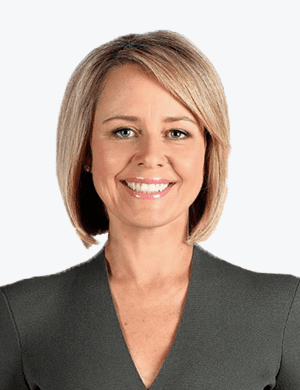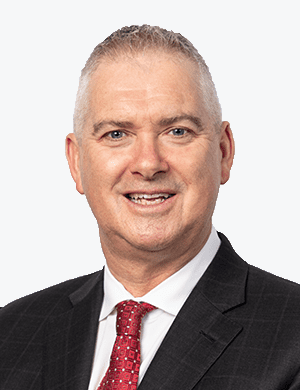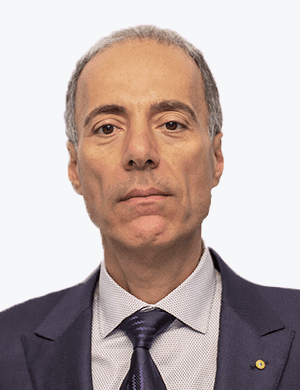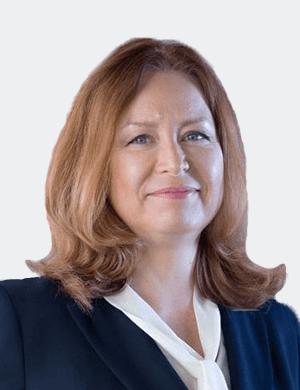As an SMSF Specialist Financial Adviser, I often encounter medical professionals considering the purchase of their business premises through a Self-Managed Super Fund (SMSF). This strategy can offer significant advantages but also comes with its own set of considerations and potential drawbacks. Here is a guide on some of the areas I advise my clients to think about when considering a property purchase.
Why would medical professionals consider purchasing their business premises with an SMSF?
There are several reasons why the purchase of business real property may be of great advantage to consider, including:
Tax benefits: Although this should never be the sole reason, a primary advantage to owning an asset in super is the tax advantages. Rental income generated from the commercial premises is taxed at the concessional rate of 15% within the SMSF. If the property is sold after retirement, the capital gains tax can be reduced to zero if the SMSF is in the pension phase
Asset protection: Assets held within a compliant SMSF may be better protected from creditors in the event of business difficulties or legal disputes, offering medical practitioners greater financial security
Greater control and security: Medical professionals can have direct control over the investment decisions related to the commercial property, including maintenance and negotiating lease terms – although these terms still need to be on a commercial arms-length basis.
Potential for capital appreciation: Like any property investment, commercial premises purchased by an SMSF have the potential for capital appreciation, contributing to a more comfortable retirement nest egg.
When wouldn’t this be a good Idea?
Buying a property with your super isn’t always a good idea. If an ill-considered decision is made, it could also be a hard and costly exercise to unwind. Some of the initial considerations to weigh up before going down this path are:
Enough capital under your super(s) to get started
The upfront costs associated with purchasing property, including deposit, stamp duty and legal fees, can be significant. This might not be feasible for all SMSFs, especially those with limited funds.
Liquidity issues
Property is an illiquid asset, meaning it cannot be quickly converted to cash. This can pose a problem if the SMSF needs to access funds for other investments, expenses or member access in the future.
Compliance and complexity of holding an SMSF
Managing an SMSF and ensuring compliance with all regulations can be complex and time-consuming. Non-compliance can result in severe penalties.
Being risk-averse or having a short investment timeframe
Property markets can be volatile. A downturn in the market can affect the value of the investment and the rental income payable.
OK, you have decided to buy your business premise within an SMSF. What else should you consider?
Investment potential: Evaluate the potential for capital growth and rental income of the property. Consider the location, demand for commercial properties in the area and the overall economic outlook.
Investment timeframes: Align the investment with your retirement goals. Consider how long you plan to hold the property and whether it will provide the desired returns by the time you retire.
Liquidity: Ensure that the SMSF has sufficient liquidity to cover unexpected expenses, such as property repairs or periods of vacancy. This is crucial to avoid financial strain on the fund
Exit strategy: Plan how you will exit the investment. Options include selling the property, transferring it to members upon retirement or refinancing. Consider the tax implications and market conditions at the time of exit
Costs and GST registration: Be aware of all costs involved, including purchase price, stamp duty, legal fees and ongoing maintenance.
Fund diversification: Holding a single property within an SMSF can expose the fund to concentration risk. Diversifying investments across different asset classes can mitigate this risk and provide more stable returns.
What are the funding options to purchase the property?
Option 1 – Buy outright using the existing SMSF Balance:
Potential suitable for very large super balances.
Although the simplest to initiate, it is also the most capital intensive and requires careful planning to ensure there are sufficient funds available without compromising other investments.
Option 2 – Making extra contributions to Super:
Potentially suitable for larger balance super funds that do not wish to borrow.
Members can make additional contributions to their super to increase their SMSF balance. This can be done through concessional (pre-tax) or non-concessional (post-tax) contributions, subject to contribution caps.
Limited Recourse Borrowing Arrangement (LRBA):
Potentially suitable for medium to high super balances where additional capital required.
An SMSF can borrow money to purchase property through a LRBA. This allows the SMSF to acquire a higher-value property than it could with its own funds alone. However, LRBAs come with strict compliance requirements and higher costs to set up and maintain – not least of which are loan repayments.
Purchasing business premises through an SMSF can be a strategic move for medical professionals, offering tax benefits, asset protection and control over investments. However, it requires careful consideration of the costs, liquidity, compliance requirements and market risks.
To ensure that this strategy aligns with your financial goals and retirement plans, contact your local William Buck Advisor.




































